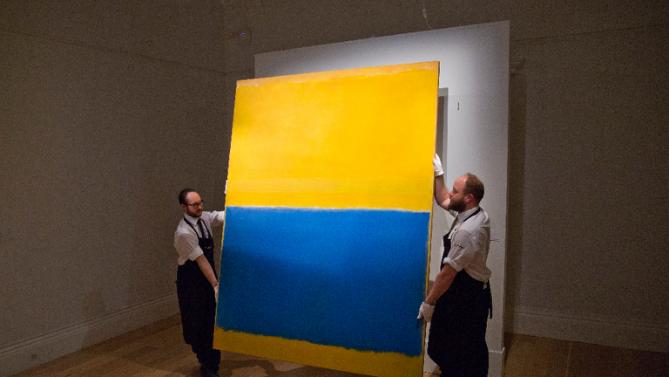Jack of Alderaan
New member
Hi guys,
When i started music, or to be more precise, when i started recording my music in the mid-00s (sometimes all by myself, sometimes helped by friends and their gear, a few times going into semi-pro studios) i remember that digital was generally throwned upon, and emulation plug-ins was considered gimmicks, cheap toys...back then i would record on tape when i could (rarely), on tascam cassettes recorders -4 & 8 track- (including an album and EP
 ), and the rest of the time wth my old laptop with a very basic, cheap setup.
), and the rest of the time wth my old laptop with a very basic, cheap setup.
now it's 2022 and i get the feeling that the digital world has made some progress over the past years...i just bought an macbook air M1, a SSL2 audio interface, a pre73jr and a couple of mics. A few days ago i bought two plugins from Waves, the J37 studer tape Emulator and their fairchild comp Emulator (discount prices!) Sounds good to me but maybe it's psychological
 ? So here's my question:
? So here's my question:
What is your opinion on modern audio plug-ins? especially those whose purpose is to add warmth, that "analog"-like saturated magic touch...do you feel today's software are as good or close to the original stuff? Or are they still gimmicks and a waste of money? And if you think current's technology makes digital possibly sound just like analog then when do you think this "better quality" happened, what years?
ps : obviously i'm not looking to record with a "pristine" render and i'm deliberately looking for an analog-type kind of sound. the question is can it be achieved nowadays through plugins or...nothing beats good ol' hardware?
 What's the consensus? I don't want to revive the analog vs digital war, just wanna know if emulation plugins are worth it, or just useless marketing/hype...
What's the consensus? I don't want to revive the analog vs digital war, just wanna know if emulation plugins are worth it, or just useless marketing/hype...
When i started music, or to be more precise, when i started recording my music in the mid-00s (sometimes all by myself, sometimes helped by friends and their gear, a few times going into semi-pro studios) i remember that digital was generally throwned upon, and emulation plug-ins was considered gimmicks, cheap toys...back then i would record on tape when i could (rarely), on tascam cassettes recorders -4 & 8 track- (including an album and EP

now it's 2022 and i get the feeling that the digital world has made some progress over the past years...i just bought an macbook air M1, a SSL2 audio interface, a pre73jr and a couple of mics. A few days ago i bought two plugins from Waves, the J37 studer tape Emulator and their fairchild comp Emulator (discount prices!) Sounds good to me but maybe it's psychological

What is your opinion on modern audio plug-ins? especially those whose purpose is to add warmth, that "analog"-like saturated magic touch...do you feel today's software are as good or close to the original stuff? Or are they still gimmicks and a waste of money? And if you think current's technology makes digital possibly sound just like analog then when do you think this "better quality" happened, what years?
ps : obviously i'm not looking to record with a "pristine" render and i'm deliberately looking for an analog-type kind of sound. the question is can it be achieved nowadays through plugins or...nothing beats good ol' hardware?


